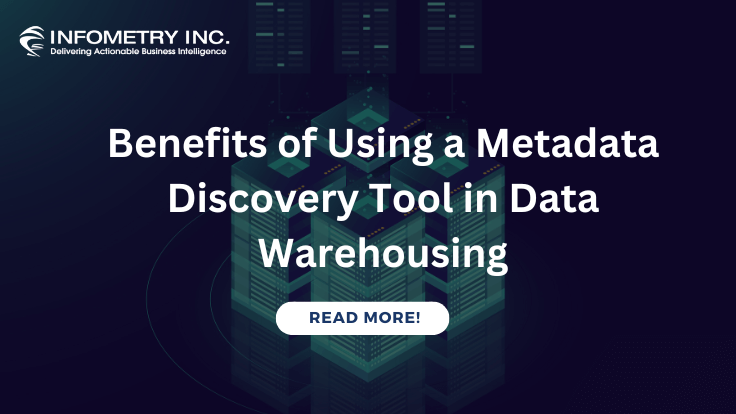
Indirect loading for flat files of Informatica PowerCenter!
March 1, 2019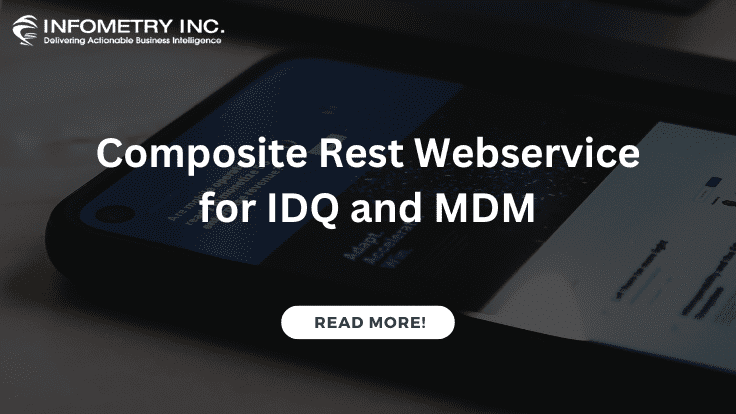
Composite Rest Webservice for IDQ and MDM.
March 11, 2019Problem Description of Cloud utility
Cloud utility In Informatica: Customers/Users/Developers face road gap issues sometimes while developing the new mapping code in the cloud environment which they already designed and developed in the Informatica power center mapping.
Challenges to User/Developer
- In IDMC (Formerly known as IICS), the above-mentioned problem can be solved through PC to Cloud Conversion.
- PC to Cloud Conversion reads PowerCenter export XML files, analyzes the PowerCenter objects for reusability in Data Integration, and converts the objects to assets in the Data Integration repository. After the objects are converted, you can publish them so that you can use them in Data Integration.
Solution
Using PC to Cloud Conversion, we can achieve the solution for the above-mentioned challenges.
PC to Cloud Conversion converts PowerCenter mappings and sessions to Data Integration mappings and mapping tasks.
Technical Solution –
- Reuse PowerCenter mapping and session logic instead of re-creating assets from scratch in Data Integration.
- Assess the reusability of PowerCenter objects before you publish them to Data Integration.
- View conversion issues so that you can estimate the amount of effort involved in converting PowerCenter objects to equivalent assets in Data Integration.
To convert PowerCenter objects to Data Integration assets, perform the following tasks –
- Export the PowerCenter workflows or folders that contain the objects that you want to convert to Data Integration assets. We can use PowerCenter Repository Manager or ‘prep to export workflows or folders to XML files.

- Create a conversion project in Informatica Intelligent Cloud Services.
When we create the project, we select the PowerCenter export XML files that contain the objects that you want to convert. When we save the project, PC to Cloud Conversion scans the XML files and displays the conversion results in a panel on the PC to Cloud Conversion home page.
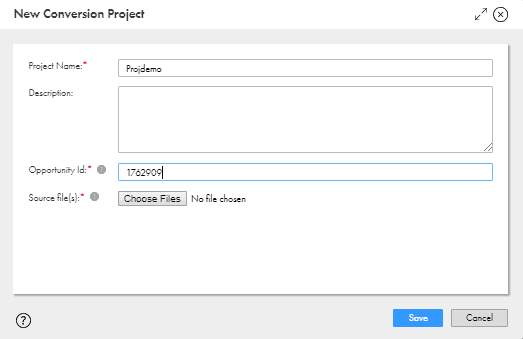
- Analyze the project results.
The project panel displays high-level information about the reusability of the PowerCenter objects in Data Integration including the percentages of objects that were fully converted, converted with issues, and not converted. Open the project to display detailed results which include the errors associated with each object that was converted with issues or was not converted. You can also download a report that summarizes the project results in a .xlsx file.
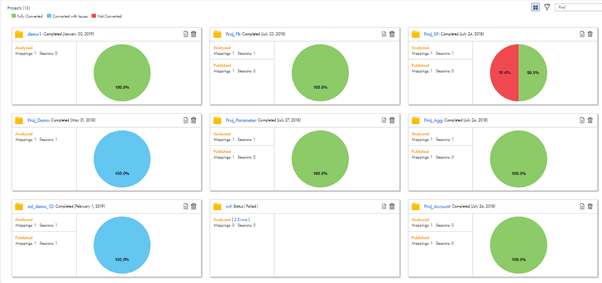
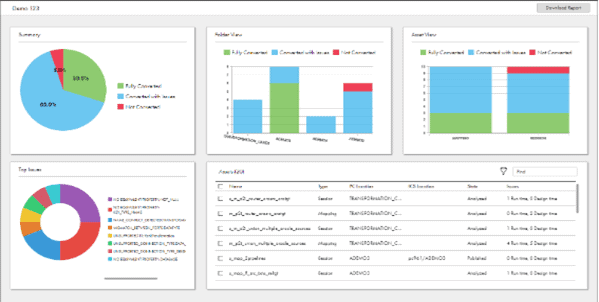
- Publish assets to make them available in Data Integration. After we publish the assets, we can validate them in Data Integration. We can edit, run, and delete published assets just as we do with any natively created asset.

- Data integration mapping code.

Advantage –
Cloud Utility Conversion: To convert PowerCenter objects to cloud Data Integration, in earlier days we used to replicate the same mapping code in the cloud. But by using the PC to Cloud utility method we can easily export the objects from PowerCenter, run PC to Cloud Conversion to convert the objects, analyze the results, and then publish the assets to make them available in Data Integration.
Issues –
- PowerCenter sessions that use indirect connections for flat-file sources are not converted to mapping tasks with file lists.
- When we convert and publish a PowerCenter mapping that uses a connected flat file lookup, the Lookup transformation in the converted mapping contains no lookup object, and the connection object is not created.
- PowerCenter mappings that contain applets with source or target connections are converted, but they cannot be published.
Conclusion
Use PC to Cloud Conversion to convert the Informatica power center mapping to an equivalent IDMC (Formerly known as IICS) mapping in Data Integration.



